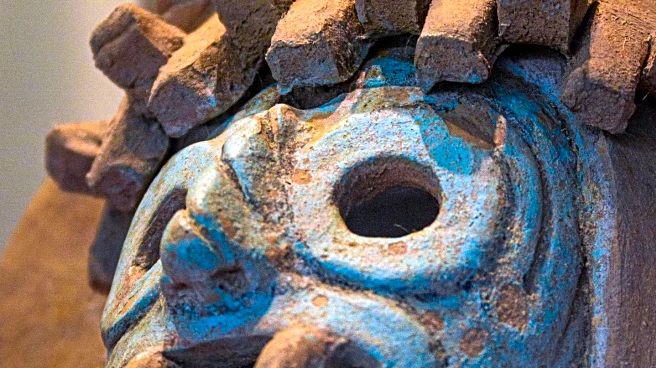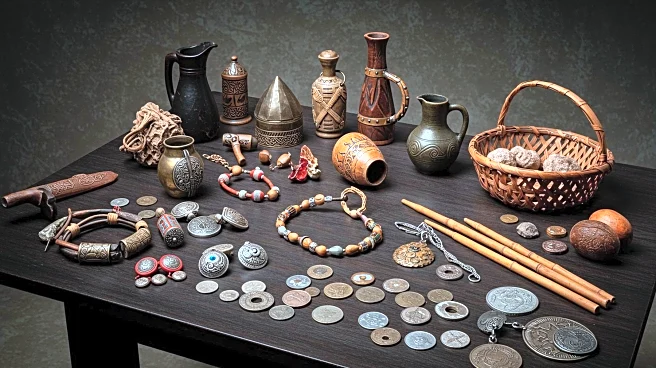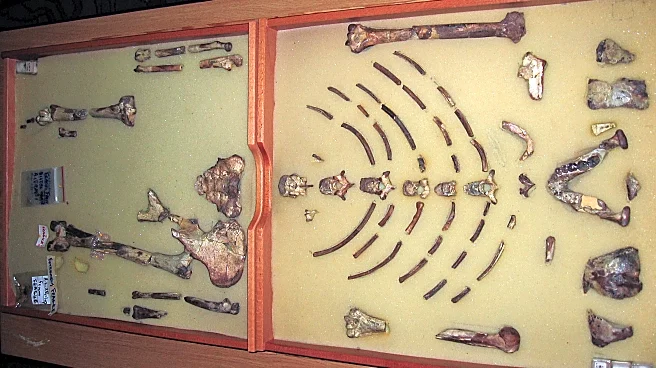What's Happening?
A new analysis of an Incan khipu, a record-keeping device made of knotted cords, has revealed that it was made using human hair, suggesting that commoners, not just elites, participated in khipu production. The khipu, dated to around 1498, was analyzed by researchers from the University of St. Andrews, who found that the hair came from a person with a diet typical of lower-status individuals, rather than the ruling class. This discovery challenges previous assumptions that khipus were exclusively made by elites and suggests a more widespread literacy and record-keeping practice in the Inca Empire.
Why It's Important?
The findings have significant implications for understanding the social structure and literacy of the Inca Empire, which relied on khipus for record-keeping instead of written language. The discovery suggests that khipu production was more inclusive than previously thought, potentially involving a broader segment of society. This challenges the narrative established by Spanish colonizers and provides a more nuanced view of Incan history. The study may prompt further research into khipus held in museum collections, offering new insights into the cultural practices of the Inca Empire.
What's Next?
The study is likely to inspire further analysis of khipus in museum collections, potentially uncovering more examples of human hair usage and broadening the understanding of Incan record-keeping practices. Researchers may explore the continuity between ancient and modern khipus, which are still used by lower-status individuals in the Andes. This could lead to a reevaluation of the role of khipus in Incan society and their significance in modern cultural practices.
Beyond the Headlines
The discovery of human hair in khipus highlights the importance of using indigenous sources to understand historical narratives, rather than relying solely on colonial accounts. It underscores the need for a pluralistic approach to history that includes voices and practices often overlooked in traditional narratives. The study also raises questions about the cultural significance of khipus and their role in preserving identity and tradition in the Andes.












